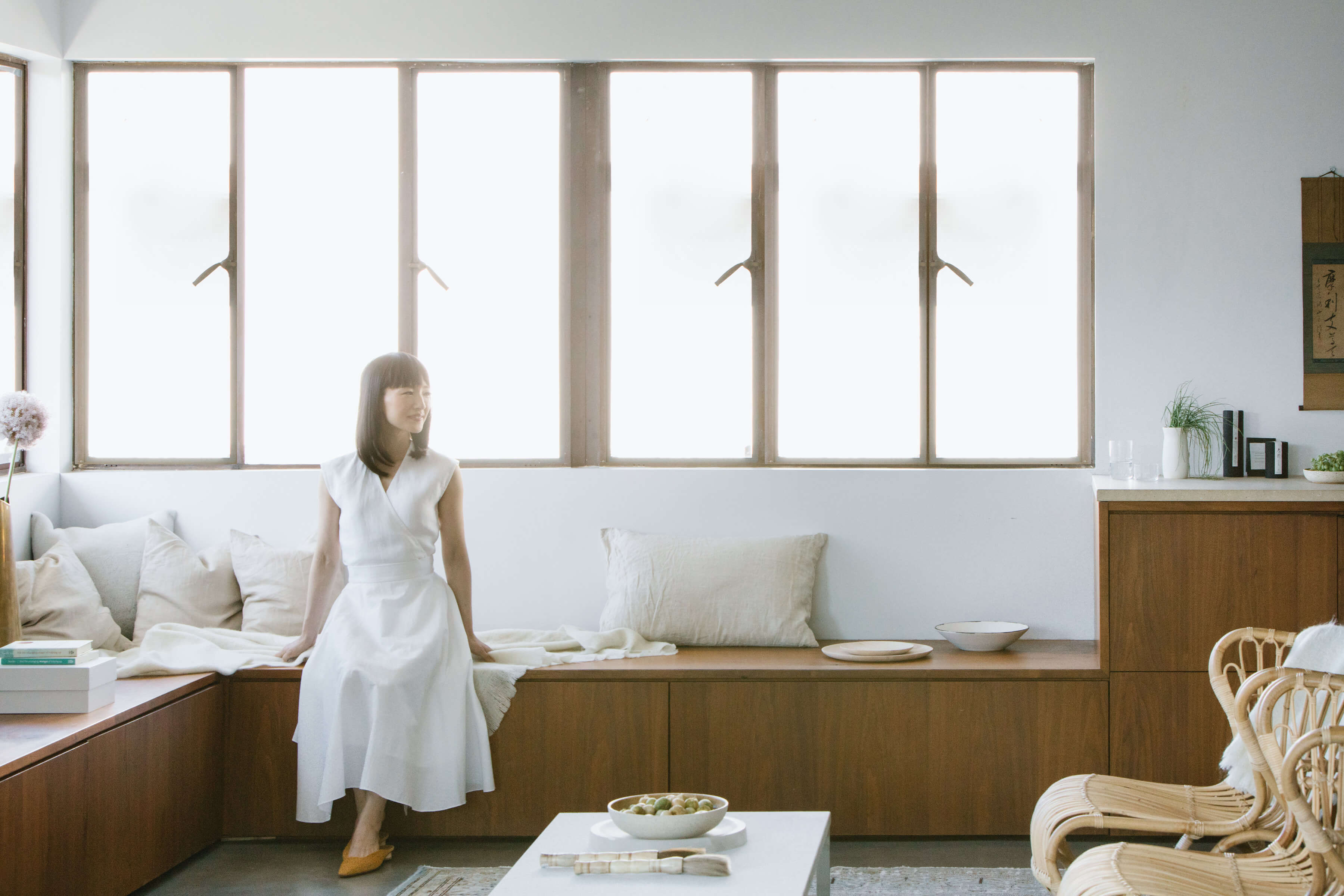Comprehending Minimalism: Techniques for Lowering Mess and Enhancing Clarity in Everyday Living
Minimalism is significantly acknowledged as a practical technique to improving clarity and focus in today's cluttered globe. By systematically evaluating our ownerships and prioritizing intentionality, we can create spaces that not just show our values yet also advertise mental well-being.
Specifying Minimalism and Its Advantages
Defining minimalism includes recognizing it as a lifestyle option that emphasizes simpleness and intentionality in both day-to-day routines and physical possessions. At its core, minimalism motivates people to prioritize what truly matters, permitting a more meaningful and focused existence. By removing the non-essential, minimalism welcomes individuals to engage deeply with their experiences and surroundings.
The benefits of embracing a minimal approach are diverse. To start with, it cultivates psychological quality, as reducing clutter in one's atmosphere can bring about decreased disturbances and anxiety. When bordered by fewer belongings, people frequently report boosted concentration and enhanced efficiency. Minimalism promotes monetary freedom; by focusing on requirements over wants, people can make even more enlightened investing in choices, leading to prospective financial savings and lowered financial debt. Moreover, a minimalist lifestyle can generate psychological advantages, as it motivates individuals to cultivate gratitude for what they have instead of yearning for more.
Inevitably, minimalism is not just regarding worldly reduction yet entails an alternative shift in perspective, cultivating a life defined by objective, satisfaction, and balance. Accepting this way of life can cause profound changes in how people connect and view with the world around them.
Analyzing Your Present Mess
Clutter often manifests as a frustrating accumulation of things that no longer serve a function, developing a barrier to accomplishing a minimal way of living. Take note of details categories of items, such as garments, books, or kitchenware, as this will assist you comprehend the scope of the mess.

Additionally, consider the frequency of use for each item. Eventually, comprehending your present mess is a critical step toward embracing minimalism and enhancing quality in your daily living.

Practical Decluttering Methods
Having actually examined your present clutter, the following step is to execute useful decluttering techniques that help with a more arranged living room. Minimalism. One efficient method is the "Four-Box" strategy, where you assign four boxes classified: maintain, donate, garbage, and relocate. This technique motivates quick decision-making and makes certain things are classified suitably
An additional method is the Recommended Site "One in, One out" policy, which specifies that for every brand-new product gotten, an existing thing must be removed. This concept helps keep equilibrium and prevents build-up with time. Furthermore, consider the "30-Day Minimalism Video Game," where you eliminate one item on the first day, two on the 2nd, and so forth, cumulatively fostering a sense of success.
For those that have problem with emotional add-ons to ownerships, the "Emotional Worth" strategy can be valuable. Limit on your own to a specific number of valued items, permitting you to appreciate their importance without frustrating your space. Develop a normal decluttering timetable, whether month-to-month or seasonally, to keep a clutter-free setting. By using these techniques, you can produce an extra effective and tranquil home, ultimately enhancing clearness in your day-to-day life.
Producing Deliberate Spaces
Developing intentional areas entails a thoughtful approach to how we design and organize our environments, making sure each location offers a specific purpose and mirrors our values. This practice is necessary in growing a feeling of clarity and purpose in our daily lives. By seriously assessing the feature of each space, we can remove disturbances and improve our overall health.
To create willful spaces, start by identifying the main tasks that will certainly occur in each location. A home office should be developed to cultivate performance, including components such as ample illumination, comfy furniture, and very little interruptions. In contrast, a leisure area should advertise harmony, featuring comforting colors and comfy seating.
Additionally, take into consideration the emotional impact of official website your environments (Minimalism). Including individual things that reverberate with your worths, such as art work or plants, can boost the connection to your area. On a regular basis assess these settings to guarantee they continue to serve their intended function as your requirements develop
Inevitably, developing intentional areas is about making mindful choices that align with your way of life, promoting harmony and efficiency in your living and functioning atmospheres.
Preserving a Minimalist Frame Of Mind
Welcoming a minimal frame of mind needs recurring reflection and intentionality in our actions and thoughts. Set aside time to assess your commitments, possessions, and even electronic web content, guaranteeing they line up with your core principles.
Another key strategy is to exercise appreciation. Acknowledging what you currently have fosters satisfaction and lowers the need for excess. This change in viewpoint urges recognition for simpleness, improving overall well-being. Including mindfulness methods, such as meditation or journaling, can further reinforce a minimal way of thinking by promoting clearness and minimizing mental mess.
Additionally, develop borders to secure your energy and time. Find out to claim no to non-essential obligations and interruptions that do not contribute to your individual development. Border on your own with like-minded individuals that sustain your minimal trip, as shared values can enhance motivation and liability.
Verdict
In verdict, welcoming minimalism supplies considerable advantages, including decreased clutter and improved clarity in daily life. The concepts of minimalism serve as useful tools for growing an atmosphere that sustains individual growth and wellness.

In addition, think about the "30-Day Minimalism Video Game," where you eliminate one thing on the initial day, two on the second, and so forth, cumulatively fostering a feeling of accomplishment.
In final thought, accepting minimalism provides considerable benefits, including decreased clutter and enhanced clarity in daily life.